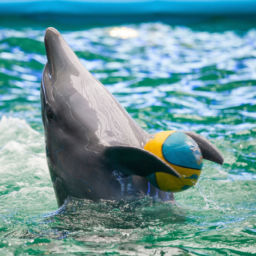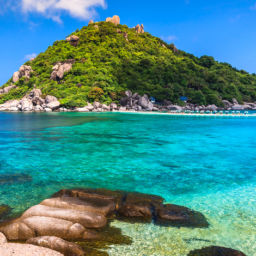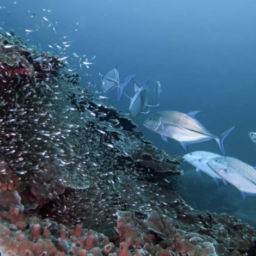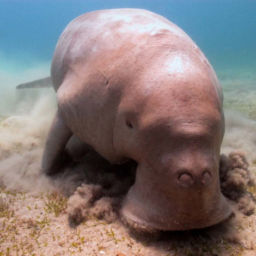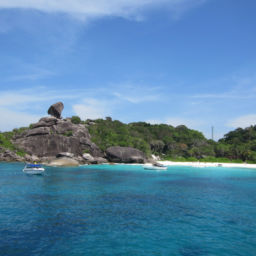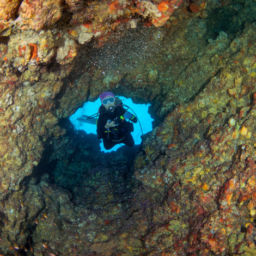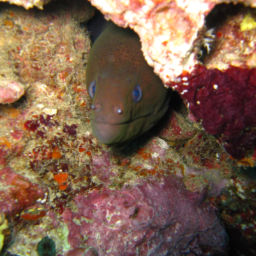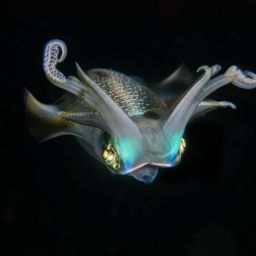Koh Tao is one of the busiest dive destinations in the world. Consequently, its popularity has taken a toll on the marine environment. Fittingly, the dive community that benefits from this busy industry has stepped up efforts to help with Koh Tao marine conservation.
Koh Tao is in the Gulf of Thailand, close to (even busier) Koh Samui. The island is both convenient to both European and Australasian tourists and one of the most affordable places for scuba certification. Thus, many divers choose to advance their training here.
Koh Tao’s pretty coral reefs, abundant marine life, and frequent whale-shark sightings draw divers. Land-based tourists come here for the beautiful, white sandy beaches. In fact, tourism is one of the main drivers of the island’s economy, so Koh Tao’s marine conservation efforts are critically important.
How dive operators are helping
While the Thai government does its bit to promote ecotourism, the dive operators themselves are doing the serious work on a grassroots.
Local tour operators have joined forces and collectively created a mantra of “5 R’s” — Reducing, Reusing, Repairing, Recycling and Rejecting:
- Reduce consumption of fresh raw materials, non-recyclable packaging or any waste producing material
- Reuse or repurpose items that can be used again like glass bottles, boxes or paper
- Repair and reuse an item instead of buying a new one
- Recycle all materials that can be transformed into a new product
- Reject or stop using any item or material that pollutes or harms the environment
Organizations making a difference
Other informal groups include the Save Koh Tao Club, whose efforts date back to 2000. This organization advocates eco-friendly products and best practices like refillable bathroom amenities, energy-saving lightbulbs, line-drying laundry, and using recycled wood in to build and maintain resort villas. The club also captures and uses rainwater with a filtration system to provide drinking water from the tap. This reduces the number of plastic bottles brought to and in use on Koh Tao.
Community-based initiative Trash Hero strives to remove current waste as well as reduce future waste by inspiring long-term behavior change. Trash Hero sets an important example when visitors see its team cleaning up Sairee Beach twice a week.
Community-based conservation initiative Get Involved Koh Tao helps preserve Koh Tao’s natural resources and environment. This group of dive centers has joined forces to organize a monthly clean-up to remove waste and to encourage locals and tourists to say no to plastic straws, cups and bags.
Ban’s Conservation Learning Center Koh Tao is dedicated to preserving the island’s natural resources. It operates a waste-separation plant for recycling paper, aluminum cans, bottles and plastic. The organization also manages a dedicated composting area that ferments fat residue into fertilizer by mixing in grass and organic waste.
The Center has a wastewater-treatment plant that processes gray water, making it ready to use for plants and vegetable gardens. Regular workshops demonstrate simple crafts to help people learn how to reuse waste. These include how to make candles and liquid soap from recyclables.
Leaving a legacy
Divers are often eco-conscious. But the sheer volume of tourists means that plastic pollution inevitably ends up in the Gulf of Thailand. Whether it is irresponsible fishermen, passing tourists, or ocean-born litter settling on the seabed, the local community chooses not to ignore or accept it. These ongoing community-based initiatives are helping to ensure that the island’s marine environment can welcome divers for generations to come.
All images courtesy of Diveplanit unless otherwise credited.







